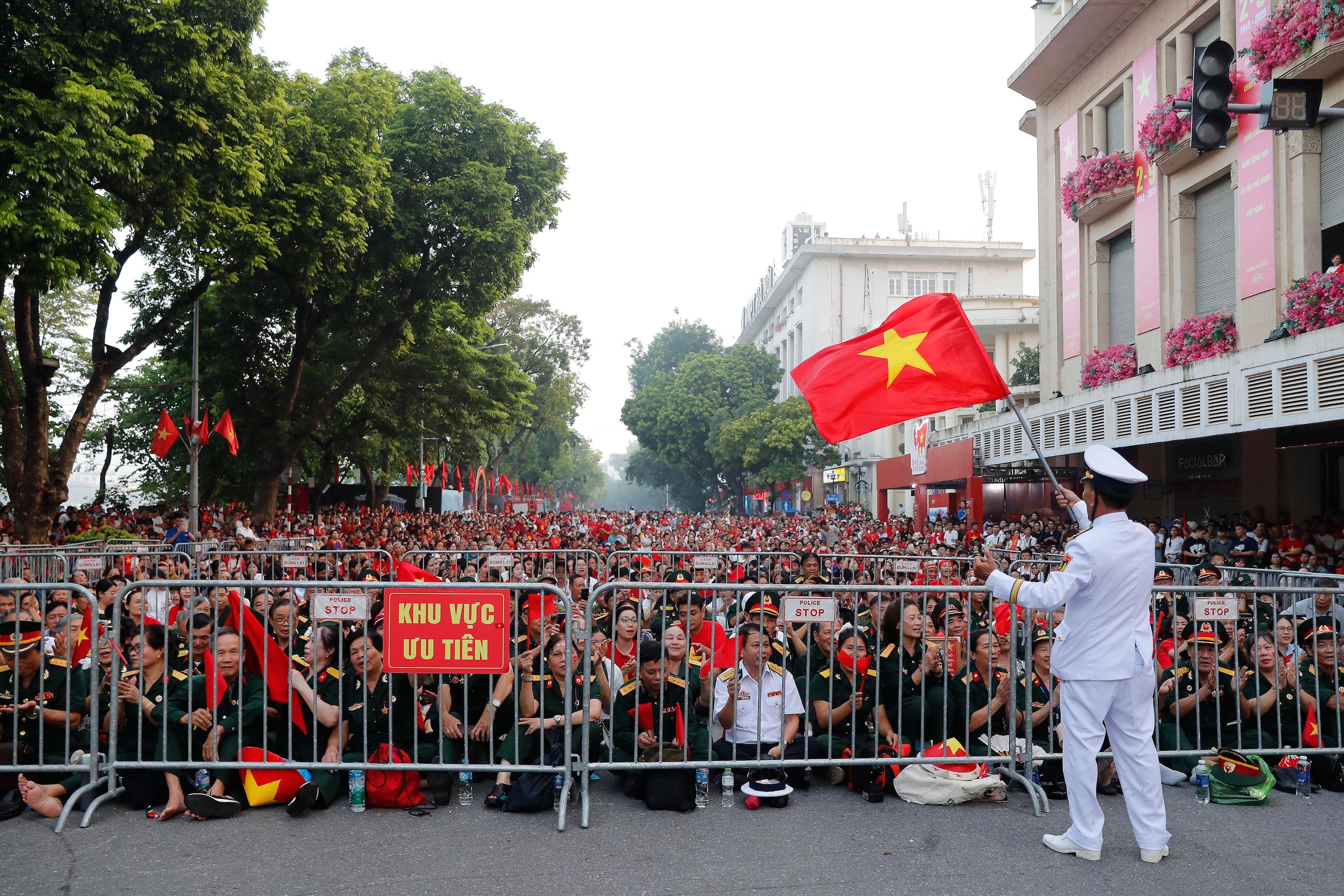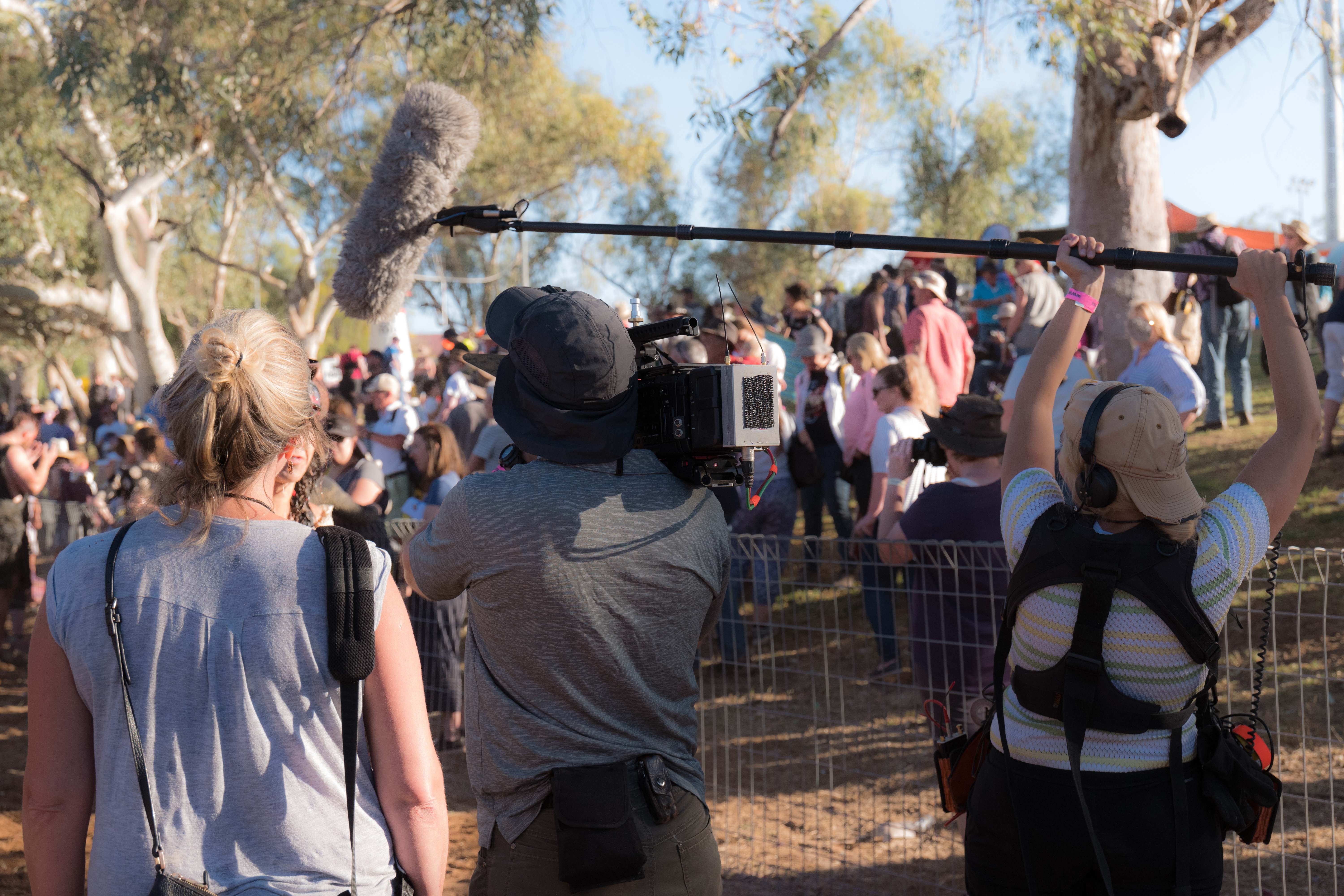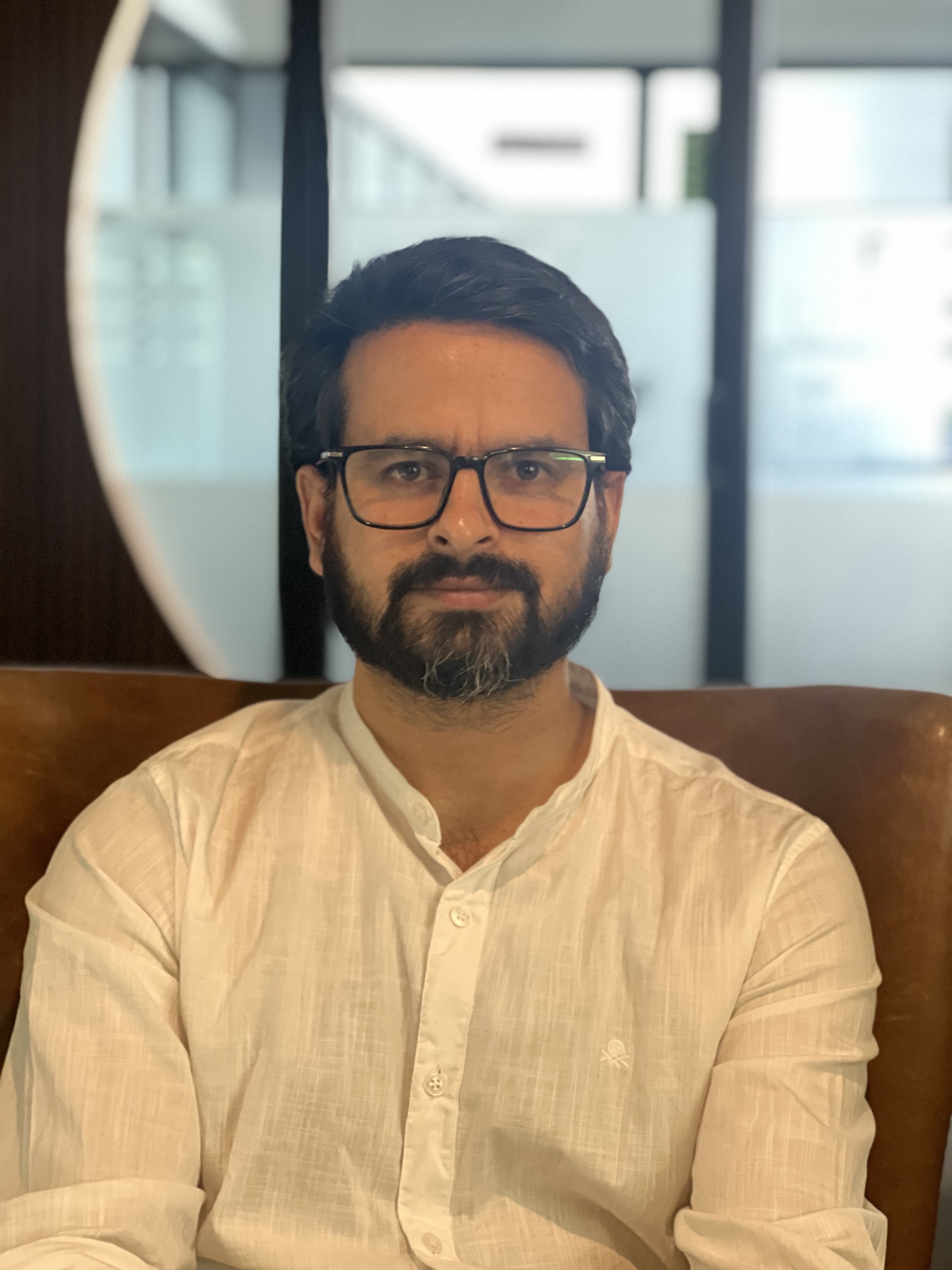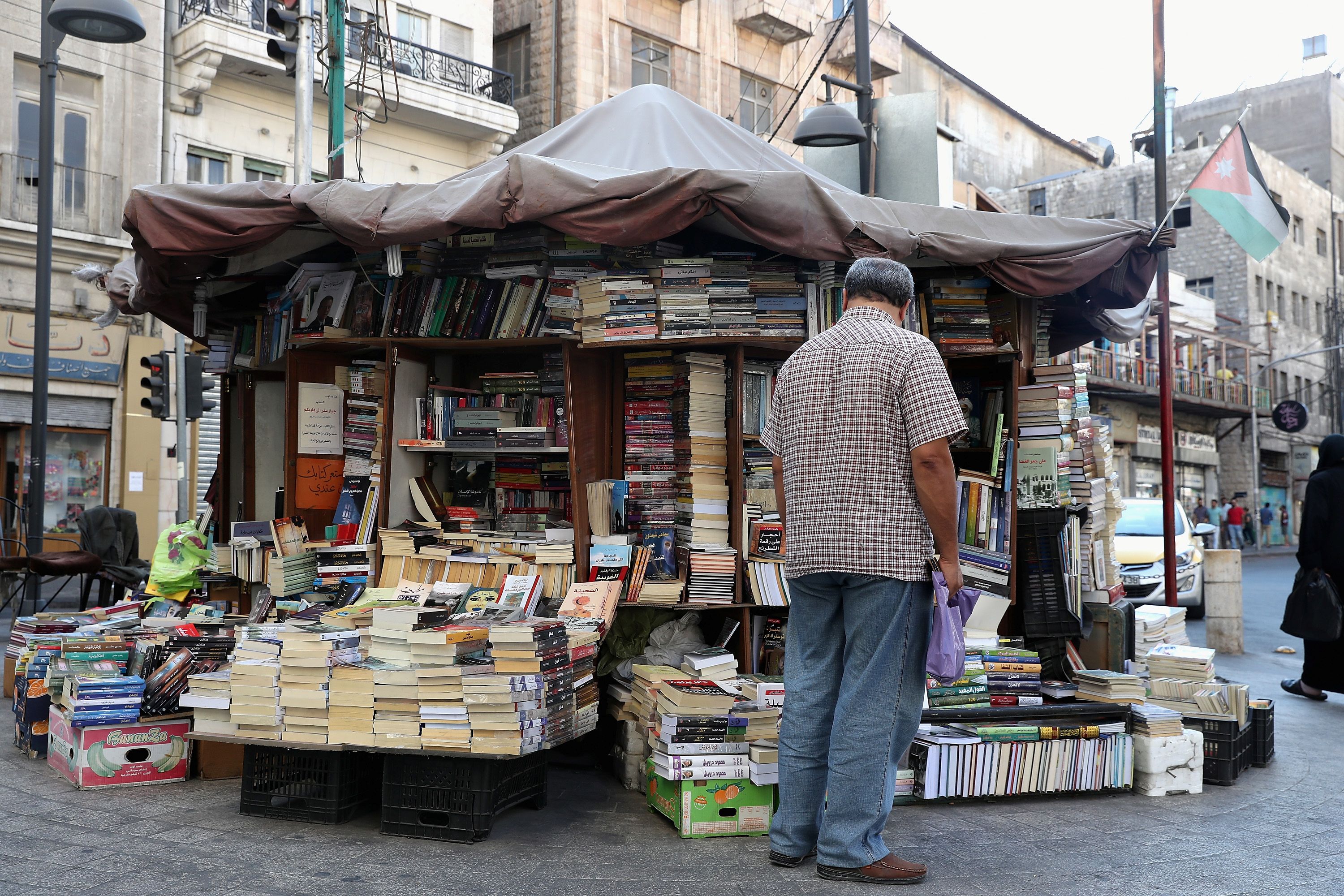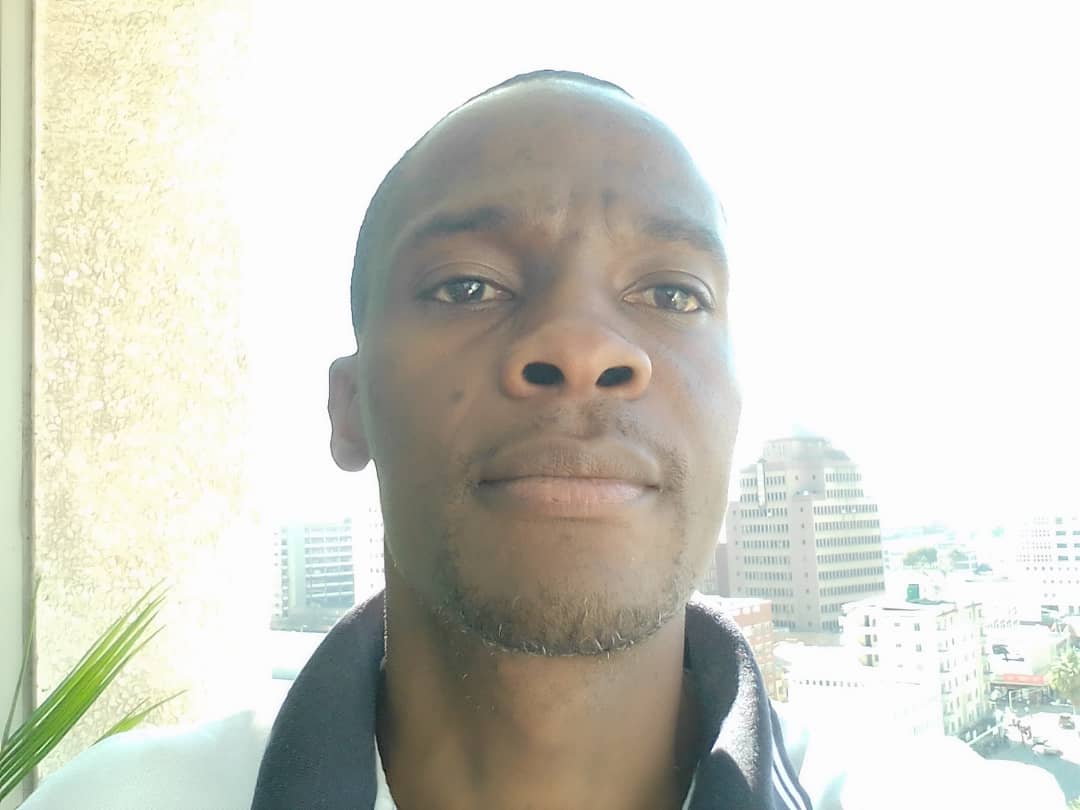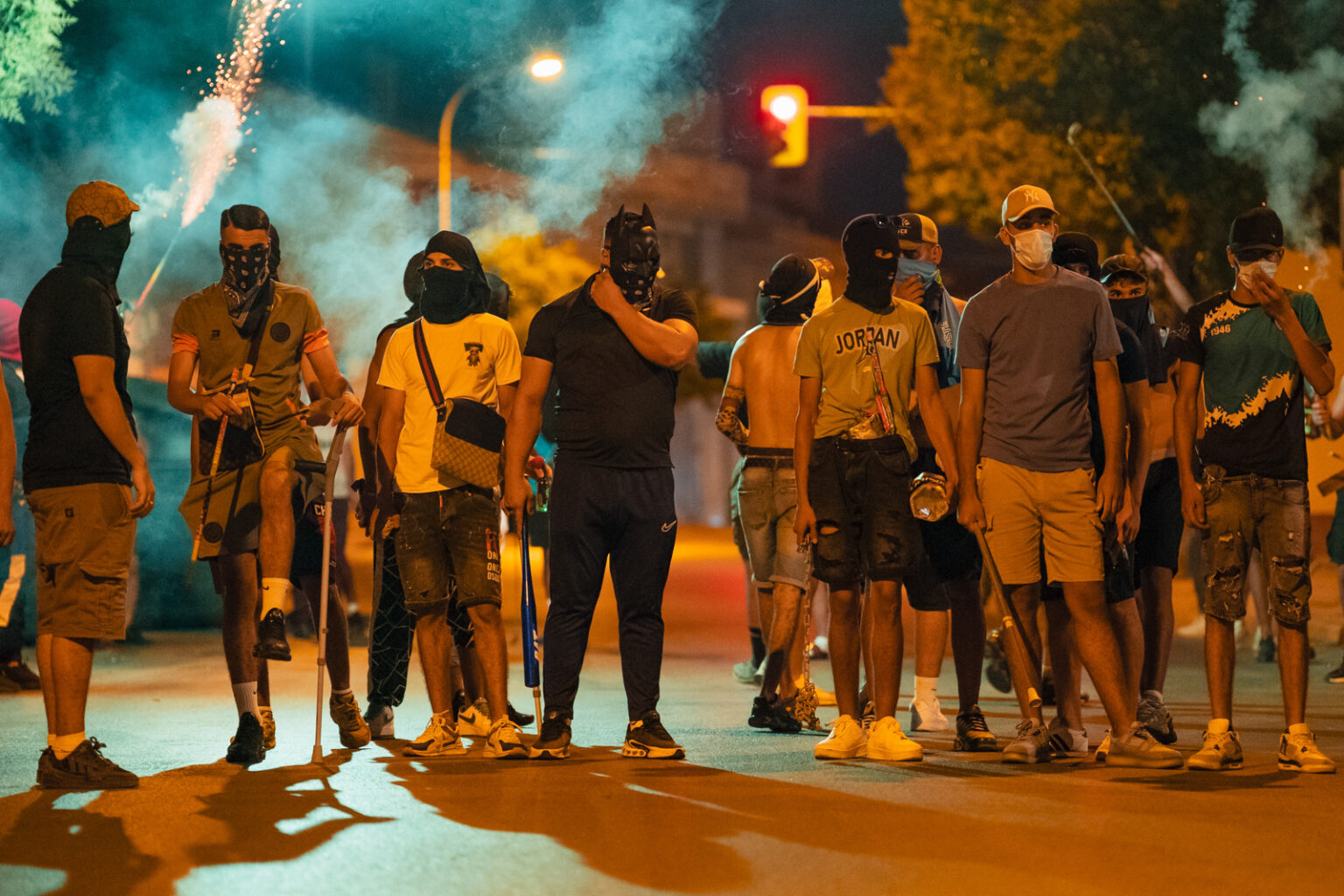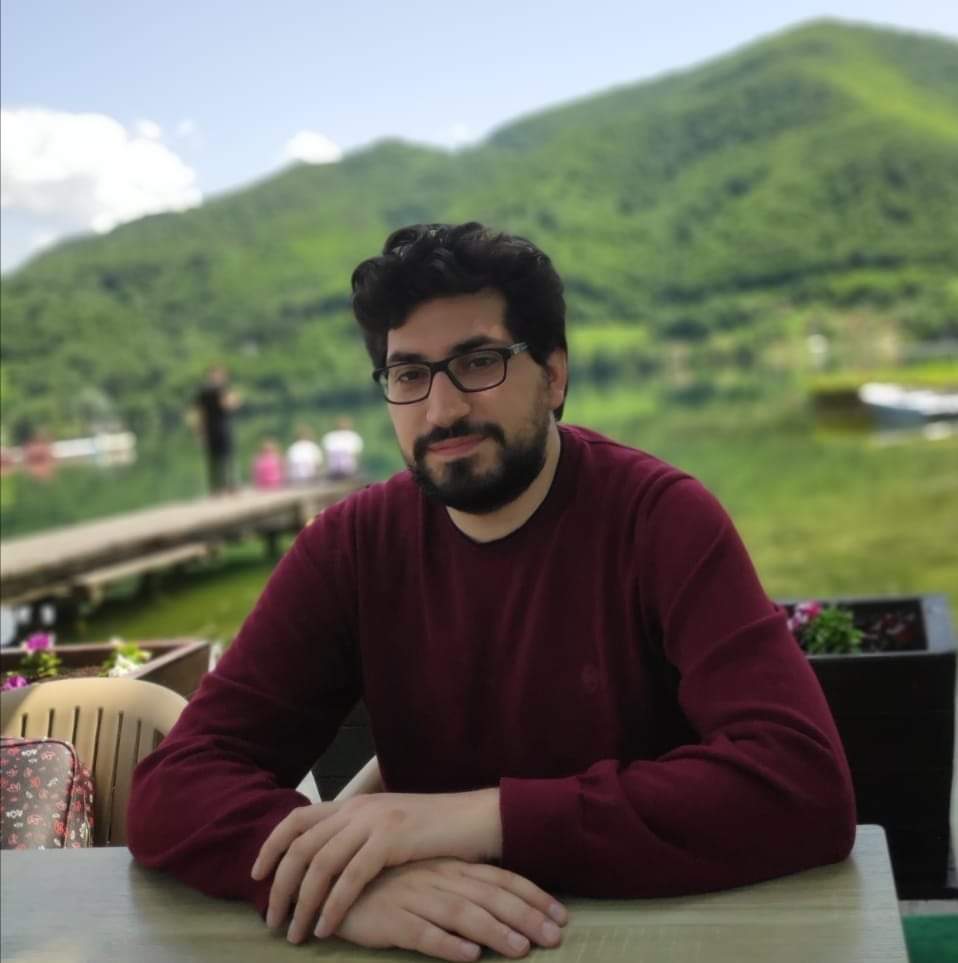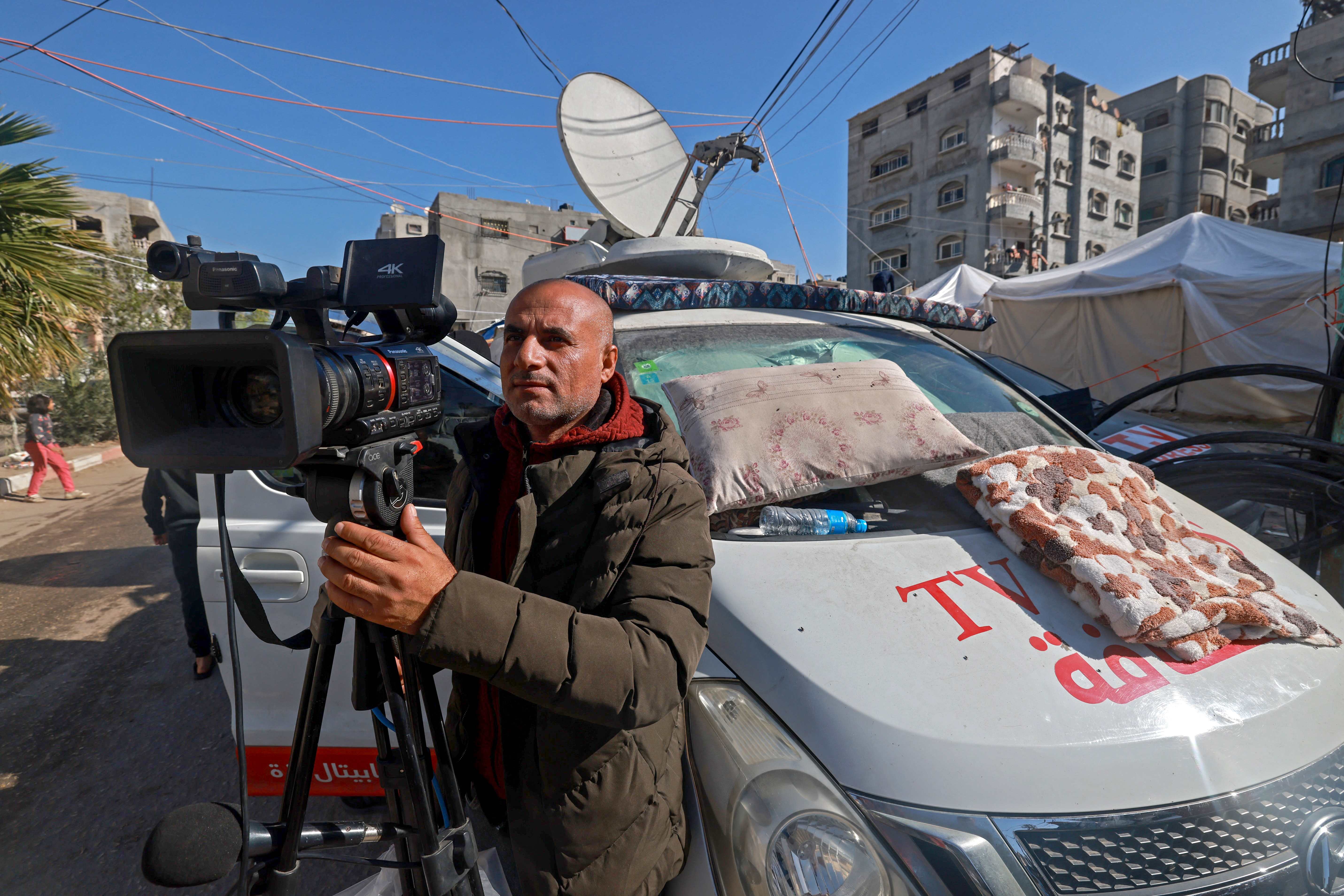With parliaments on recess and all the movers and shakers off on their holidays, journalists can find themselves scrabbling about for any old news to report. But be careful what you resort to
Summer can be a challenging time for journalists. At least in Europe, where two factors come together to make life difficult in the newsroom: First of all, political and often cultural life generally winds right down and there are, therefore, fewer things to write about. Second, journalists like to take holidays, too, often spending them on the beach. As a result, the newsroom is understaffed, with fewer people trying to fill up the same number of pages in the newspapers.
We call it the “silly season” - because all sorts of very silly stories indeed can make it onto the news list.
In fact, anything that could reasonably be considered “news” must be stretched out over as many pages as possible. And, more often than not, subjects that might not always be reasonably considered news, such as gossip or even unfounded rumours may make it into print. Sadly, any rumour, if repeated often enough by the press, can take on a dangerous life of its own.
This is what happened last summer in Spain. For a breathless two months, the country experienced a frightening epidemic of so-called "stings", supposedly a kind of attack by men on young women dancing at music festivals or disco bars.
It all started in late July when a young woman from Barcelona posted on her social networks that unknown people had tried to inject both her and a female friend with a drug, supposedly with the intention of sexually assaulting them afterwards. Happily, she reported, both girls took refuge with their friends and nothing else happened.
They did not report the incident to the police, but social networks spread the news of it. The press, starved for news, pounced. The story was picked up by local press first and national newspapers shortly afterwards.
In the following days, people started reporting similar incidents to the police in several other regions in Spain, and the victims had toxicological analysis performed in order to find out which drug, if any, had been used.
Soon, this wave of "attempts to drug young women for sexual abuse" became the main news topic in Spain, with frequent headlines about "new needle incidents confirmed".
Many opinion writers took up the issue and denounced the rampant macho mentality within society that seemed to be allowing aggressive sexual predators roaming around, trying to rape women after drugging them. Some advised girls to be extra careful at music festivals or night clubs, such as never going alone. Newspaper polls spoke about young women changing their habits and going out less at night for fear of such attacks. Panic and alarm ensued.
In fact, no such attack had ever happened.
In the first place, injecting a sufficient amount of any drug into somebody moving or dancing, without them feeling a prick or reacting when they do, is next to impossible unless you have the skills of a secret agent.
Victims who reported having been attacked went for medical checks, and no signs of real injections, nor any trace of drugs were ever found. No camera footage revealed anyone carrying around a syringe.
In one case, a bee was identified as the real culprit. And no case of sexual abuse or even robbery of anybody remembering a sting was ever reported so if there were really men going around drugging women, their method wasn’t very successful.
This is something any medical expert could have told journalists from the first day. But most journalists didn't ask them. It was the silly season after all. They jumped on the story, rather than the facts. Some reporters worked valiantly to make the story appear factual. Loose headlines of "confirmed incidents" really only meant that the police had received a complaint, or a hospital had run a medical check, not that the incident had been proven to occur.
"The press generally acted in an irresponsible and alarmist way", says Rebeca Argudo, an opinion writer for Spanish news outlets. "All testimonies were treated as certain, logic was not considered and anyone who asked about the odds of actually injecting drugs was ignored. There were attacks and insults in the network against anybody doubting the veracity of the complaints. Apparently, some people don't wish to be informed but only supported in their beliefs. But supporting beliefs should not be the job of the press."
Once it became clear that no actual crimes were happening, commentators switched over to a second version: nobody was injecting drugs, but many men were actually stinging women with plain old needles or safety pins, just to make them panic. It was obvious that this only could happen after social networks and press had widely circulated the drug injection story, because only the fear of sexual abuse would trigger the panic.
"Without these headlines, this paranoia among young women would not have appeared," wrote one of the few journalists in Spain who did not follow the wave - Pascual Serrano, already in early August. And if there was somebody whose aim it was to see women panic, his sense of power would only be stimulated by seeing his action in the newspaper the next day.
"It's high time for somebody, be it the authorities or media organisations, to step in and warn about the responsibility of the media," stated Serrano. To no avail. Even the paper he wrote in continued to feature more articles on the subject, depicting Spanish society as a nightmarish place were women, even if not really abused, were surrounded everywhere by men who would like to make them feel abused, or at least thought it was funny to instil fear in women as a prank.
The fact is that there has been no confirmed case of this kind of prank either, with the exception of one 14-year-old boy carrying a wire to sting girls, caught a month after the panic wave had faded away. Broadly speaking, the whole story had no connection whatsoever to facts of real life. But it had consequences in real life by making girls afraid and compelling them to change their leisure habits - as many young women interviewed reported. And this effect of reducing the freedom of young women was caused by newspaper writers claiming to defend women's rights.
Could it have been avoided? "Social networks, where the stories first appeared, cannot be controlled, but in the press, there is somebody taking a decision to publish or not to publish a story," says Argudo.
Should the media have kept completely silent about it? Argudo is doubtful this would have helped. "I'm not in favour of not informing at all, because not informing at all might not help to stop a wave of paranoia. Media have long decided not to inform about suicides, in the hope of not fostering suicidal thoughts in emotionally fragile people, but figures are going up anyhow.
“And then, traditional media have lost much of their power to filter the facts and decide what is news and what not, so they often have no choice and must inform about something which should not be news but has become part of the daily conversations through the social networks.”
She adds: “Of course, if you write about something in a newspaper, you somehow legitimise it as news."
Finally, another important factor was that denouncing the abuse of women by ruthless men was seen as fighting for a noble cause. Which meant that "anybody questioning the narrative, or just a small part of the narrative, was immediately accused of being on the wrong side," says Argudo. In these circumstances, journalists felt at ease contributing to the snowball and uncomfortable with any attempt to stop it.
But they should have considered that this snowball - entirely constructed from hot air - could have harmed peoples' lives. Fortunately, nobody was physically hurt as a result of the paranoia. But what if the subjective feeling of having been stung by a needle in a crowded nightclub had led to a brawl ending with somebody killed in a fight or just trampled to death in a panic? Then, we must conclude, we as journalists would have to bear part of the responsibility of having done harm with our headlines.
It didn't happen. But we all should think of it next time we feel compelled to report on a rumour. Even if we believe we are fighting for a noble cause. Even if it's summer.
Ilya U Topper is a Spanish journalist
The views expressed in this article are the author’s own and do not necessarily reflect Al Jazeera Journalism Review’s editorial stance





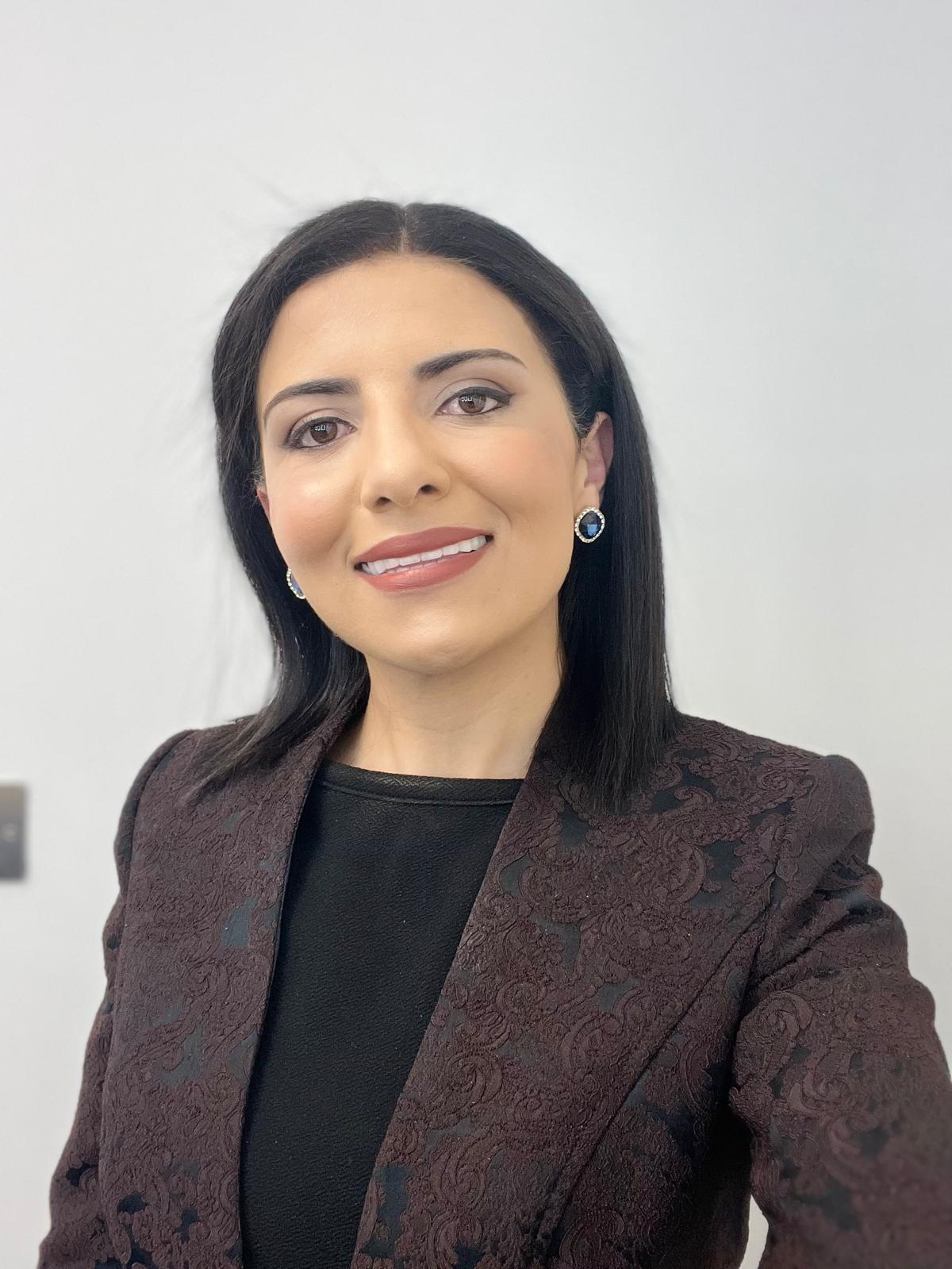


![Palestinian journalists attempt to connect to the internet using their phones in Rafah on the southern Gaza Strip. [Said Khatib/AFP]](/sites/default/files/ajr/2025/34962UB-highres-1705225575%20Large.jpeg)


